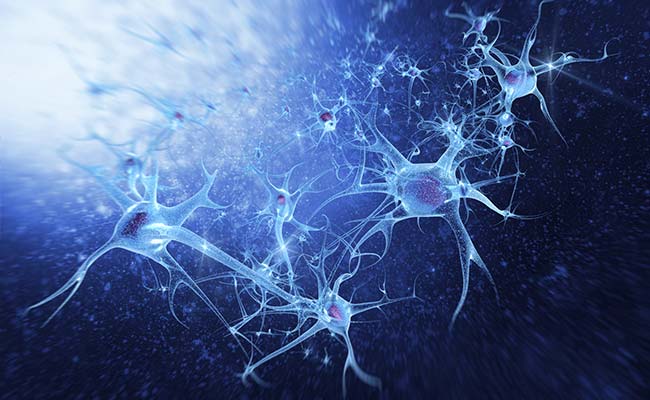A stroke is the leading cause of serious long-term disability in adults; recovery ranges from minimal to significant. Now, UCLA researchers have identified a molecule that, after a stroke, stimulates brain tissue to form new connections to compensate for the damage and initiate a brain repairs process. The finding might eventually lead to a new treatment to promote brain repair and functional recovery in stroke victims.
The nearly five-year study was conducted on an animal model; it was the first to identify growth differentiation factor 10 (GDF10), which is a molecule that previously had no known role in the adult brain, explained senior author explained S. Thomas Carmichael, MD, PhD, a professor and vice chair for research and programs in the UCLA department of neurology. He said, “The brain has a limited capacity for recovery after stroke. Most stroke patients get better after their initial stroke, but few fully recover. If the signals that lead to this limited recovery after stroke can be identified and turned into a treatment, then it might be possible to enhance brain repair after stroke.”
The study also found that GDF10 is released after a stroke in humans and in many different animals. The research team began the study by determining which molecules become more prevalent in the brain during the recovery period after a stroke; they listed all the genes that are up- or down-regulated, which the researchers had previously identified during an earlier study. Dr. Carmichael explained that researchers believed that one of the molecules on the list could be a signal telling the brain to repair itself after a stroke; therefore, they screened for the molecules that saw the biggest increase in the brain after stroke. After finding that GDF10 was a possible signal for brain repair, they analyzed the molecule in a petri dish.
The investigators found that GDF10 promotes brain cells’ ability to form new connections, and they identified the signaling systems that control the process. Dr. Carmichael explained, “We found that GDF10 induces new connections to form in the brain after stroke, and that this mediates the recovery of the ability to control bodily movement.”
The researchers identified all of the molecules that are turned on or off by GDF10 in brain cells after a stroke and compared the cells’ RNA to RNA in comparable cells during brain development and normal learning, as well as to RNA in the brain cells of people with other diseases. They found that GDF10 regulates a specific collection of molecules that improves recovery after stroke. The discovery indicates that brain tissue regenerating after a stroke is a unique process rather than just a reactivation of the molecules that are active in brain development.
The investigators also administered GDF10 to the animals that had experienced strokes and then mapped the connections in the brain that are tied to body movement. They compared those to the connections in animals who had experienced a stroke but were not given GDF10, in animals with healthy brains, and with animals that had experienced a stroke and had a reduced level of GDF10. Dr. Carmichael said, “The results indicated that GDF10 normally is responsible for the very limited process of the formation of new connections after stroke. Delivering more GDF10 markedly enhances the formation of new connections and does so mostly in a specific brain circuit. The formation of connections in this circuit with GDF10 administration significantly enhanced recovery of limb control after stroke.”
The research team next plans to attempt to identify a small molecule that activates the GDF10 signaling systems and that could eventually lead to the development of a drug to enhance recovery from strokes.
According to the Centers for Disease Control and Prevention, stroke kills almost 130,000 Americans each year, one of every 20 deaths in the US. Each year, more than 795,000 people in the nation suffer a stroke, about 610,000 of them for the first time. Stroke costs the United States an estimated $34 billion each year, including the cost of healthcare, medications and missed days of work.








